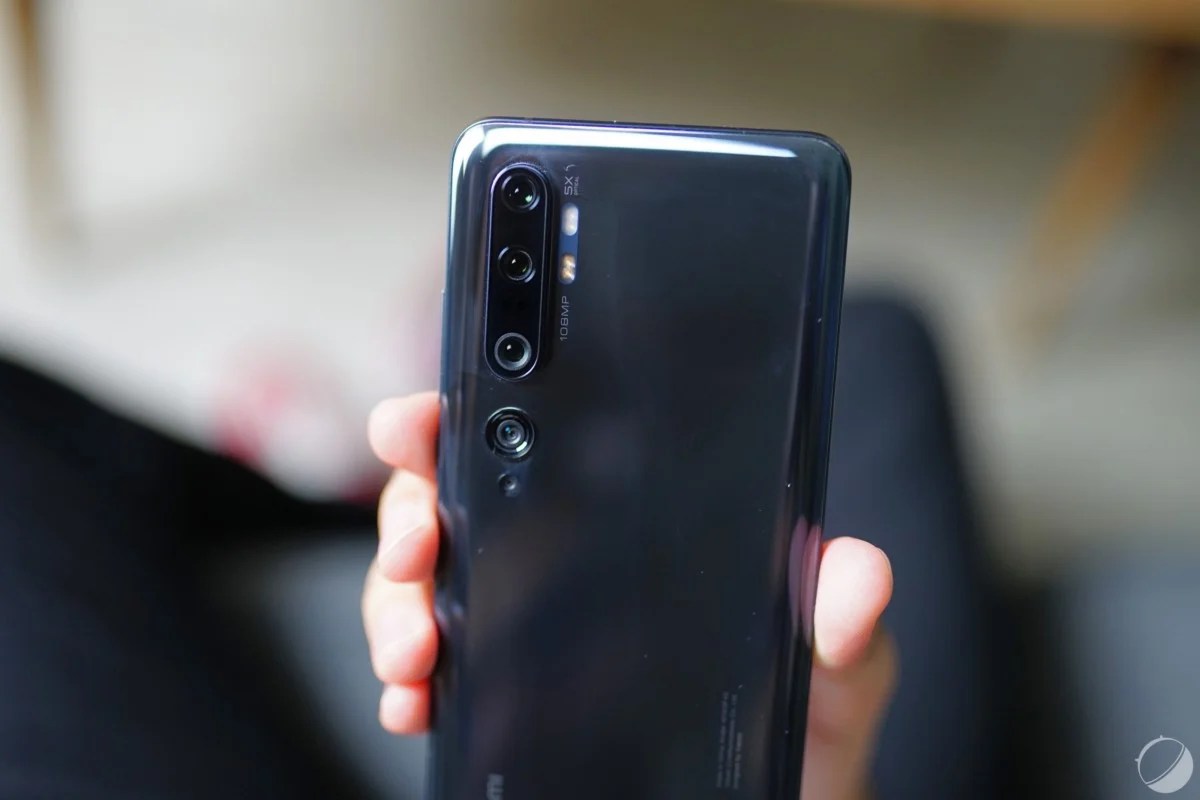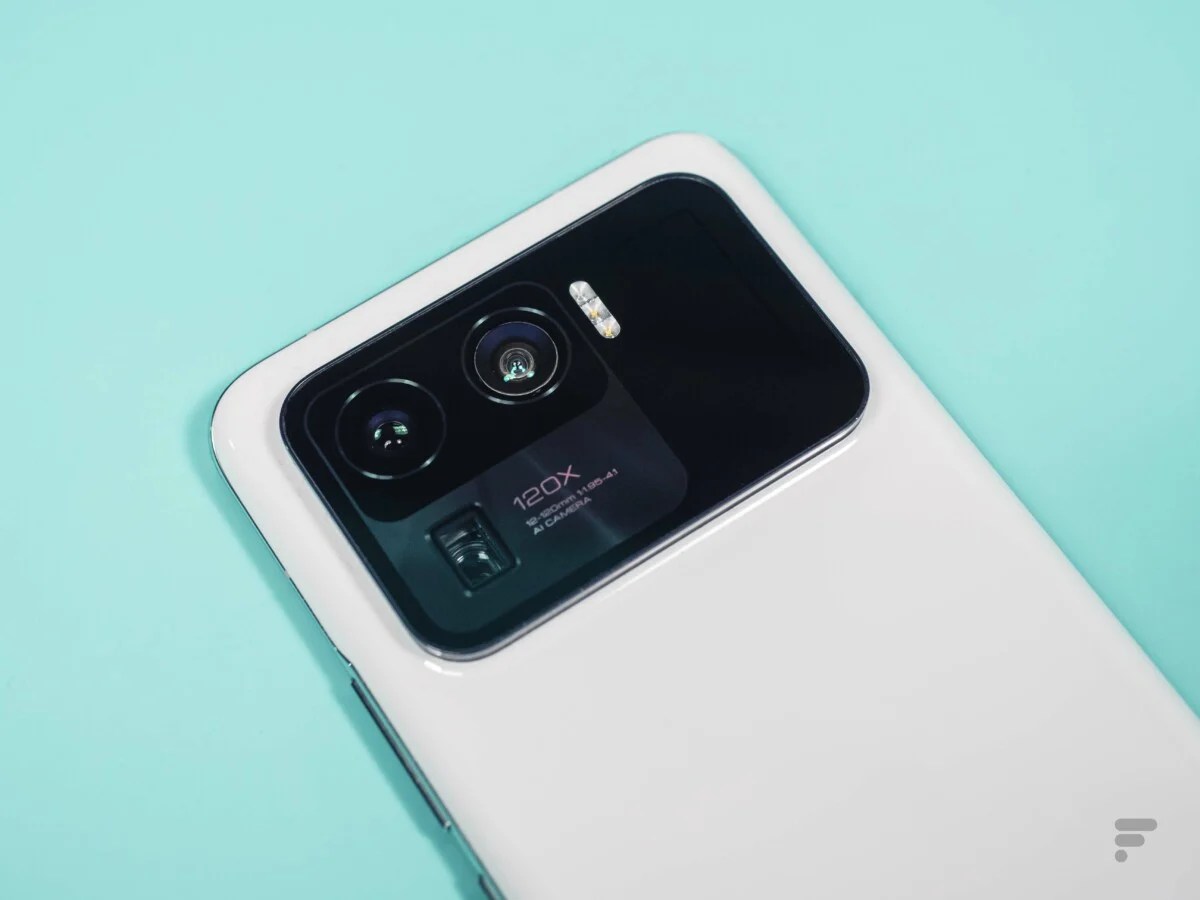For several years now, Xiaomi has been multiplying innovations in the photo part of its smartphones. So much so that the manufacturer now markets some of the best photophones on the market. A look back at Xiaomi’s most significant advances.
If Xiaomi is recognized for its smartphones with excellent value for money, the brand has been attacking the ultra high-end market for several years now. Xiaomi has given itself the means by focusing on innovations related to photography.
In this field, Xiaomi has innovated a lot. The manufacturer has popularized many technologies in the field. So much so that the flagships of the Chinese brand are among the best photophones on the market. From the Xiaomi Mi Note 10 to the very recent Xiaomi 12 Pro, an overview of the most important innovations in this field.
Xiaomi Mi Note 10 (2019): the first 108 megapixel sensor
They are now legion, but sensors over 100 megapixels did not exist on our smartphones a few years ago. It was Xiaomi that was the first manufacturer to market a device with such a well-defined sensor: the Xiaomi Mi Note 10. With its 108 megapixel main camera, it imposed a new standard that many brands subsequently reproduced. on their most premium devices.

But in the end, what is the point of having a sensor with so many megapixels? It is mainly found in the technique of pixel binning. Concretely, the image processing algorithm will merge four pixels into one to produce 27 megapixel shots. You get pixels that provide four times more information and therefore produce better quality photos.
This is particularly the case when the light conditions are difficult. Thanks to pixel binning, smartphones collect more light during night shots. Photos are more detailed and with less noise.

An option of the Xiaomi Mi Note 10, however, allows you to capture photos in 108 megapixels. This mode, which is only to be used in broad daylight, allows you to obtain extremely detailed shots. If you are used to editing and printing your photos, this is particularly practical.
Xiaomi Mi 11 Ultra (2021): the ‘biggest camera sensor’ on a phone
During the presentation of the Xiaomi Mi 11 Ultra, the manufacturer proudly announced that its smartphone had ” the largest smartphone camera sensor currently on the market “. A major step forward, responsible for the particular design of the device. If the photo block of the Mi 11 Ultra is so protruding, it is because it was necessary to accommodate the enormous sensor with a diagonal of 22.7 millimeters.

The advantage of such a sensor is twofold. First of all, it offers better management of image dynamics. Understand that it won’t struggle in scenes that contain both dark and bright areas. This sensor thus makes it possible to avoid the presence of digital noise where it is dark, while the illuminated areas are not overexposed.

The other benefit of such a sensor is the management of blur effects. Its large size reduces the zone of sharpness, the one where the subject is well highlighted. On the other hand, the blur effect (called bokeh) is also softer and more natural. Especially since a laser autofocus system is also part of it, in order to improve the precision of the development. In the end, the large sensor integrated into the Xiaomi Mi 11 Ultra makes it possible to get closer to the rendering of photos captured by traditional cameras. It also obtained the first place in the DxO Mark ranking when it was released.
Xiaomi 12 Pro (2022): 3 sensors, all at 50 megapixels
Released a few weeks ago in France, the Xiaomi 12 Pro is Xiaomi’s new standard meter for the year 2022. It is a particularly versatile ultra premium smartphone, especially in photography. Versatility that can be found on the technical sheet of the triple rear sensor. All three benefit from a definition of 50 megapixels. A feature still unique on the market.

This technical sheet thus allows the Xiaomi 12 Pro to apply the technique ofpixel binnigon each of its objectives. So whether you’re using main mode, 2x zoom, or ultra wide-angle, all your photos won’t lack detail in dark areas. Xiaomi also brings its mode “50 megapixelsto all these sensors. This is good news for enjoying very detailed photos when the light conditions are good.
Liquid lenses: Xiaomi is already preparing the future of smartphone photography
Do you find that smartphone photography has stagnated for a few months? So, wait for the arrival of liquid lenses on the sensors of Xiaomi smartphones. The manufacturer has already announced that it is working on the subject.
The new @Xiaomi #MiMix is going to feature liquid lens tech, an infinitely-variable design factor. More info in just 4 days! pic.twitter.com/czfUavcGW6
— Daniel Desjarlais (@Daniel_in_HD) March 25, 2021
As its name suggests, a liquid lens is made up of two liquids that allow the focus to be changed without mechanical intervention. We finally find a functioning similar to that of the human eye.
In theory, a single sensor could then replace all those currently found on the back of our phones. Thanks to a liquid lens, the sensor could thus adapt its focus to photograph subjects who are both at a good distance and a few centimeters from the smartphone. Xiaomi would only have to take care of the characteristics of its single sensor, rather than multiplying them. It remains to be seen when this technology will be available to the general public. In 2023?
